BLOG MENU
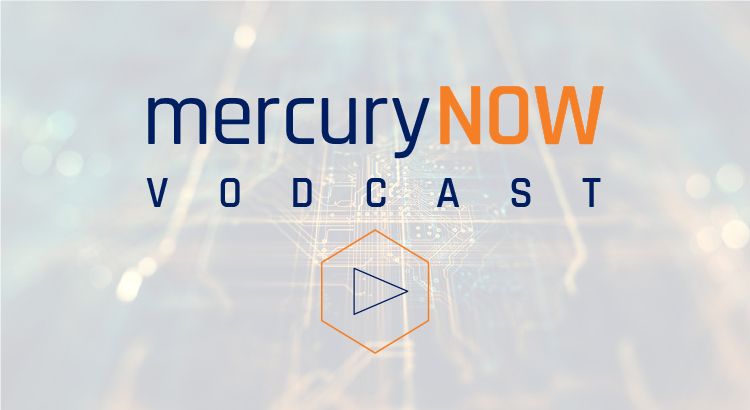

Mercury at the 58th Annual AOC Symposium
Mercury Systems
January 19, 2022
Share This Post
The 2021 AOC International Symposium & Convention brought together defense electronics and aerospace industry leaders in the EW space to help develop new solutions than can be quickly developed and deployed to the field. Watch the action from the tradeshow floor as Mercury shared two new products: the Model 8256 SOSA development platform and the RFM3202 microwave transceiver.
- Learn more about the RFM3202 microwave transceiver
- Learn more about the Model 8256 development platform



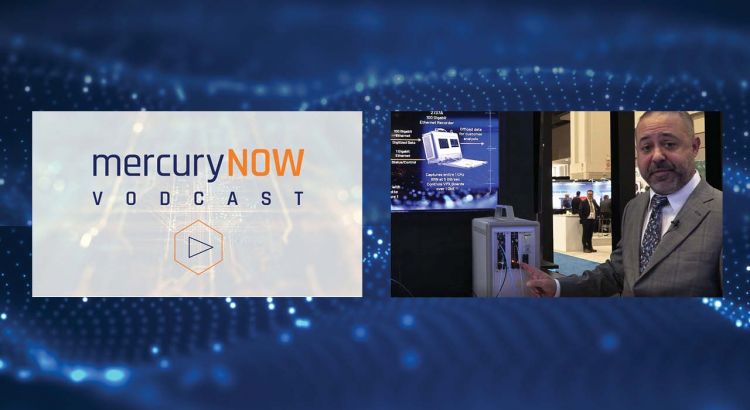

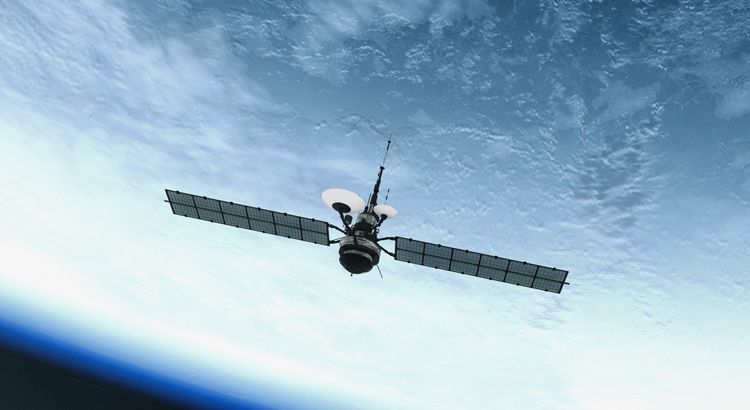
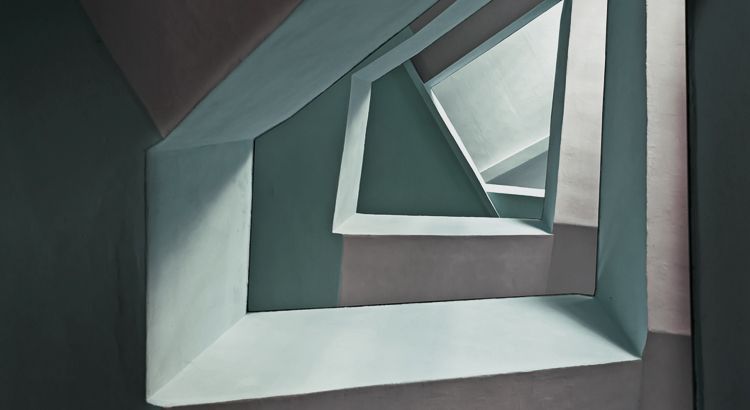
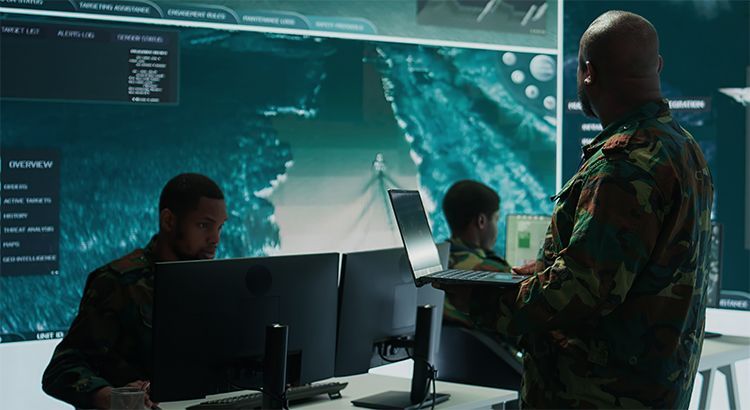 That’s classified! The history and future of NSA Type 1 encryption
That’s classified! The history and future of NSA Type 1 encryption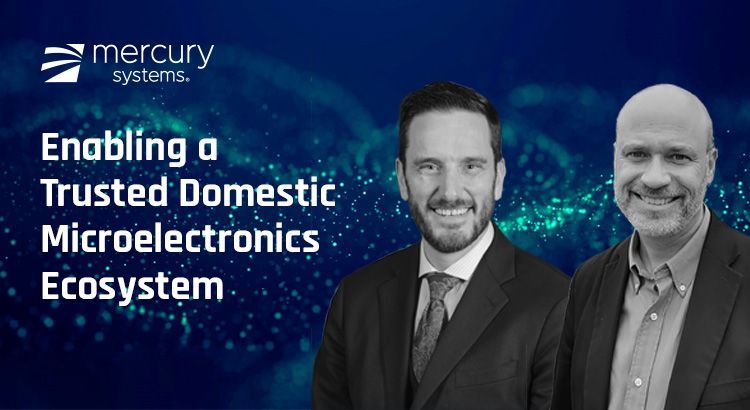 Enabling a Trusted Domestic Microelectronics Ecosystem
Enabling a Trusted Domestic Microelectronics Ecosystem